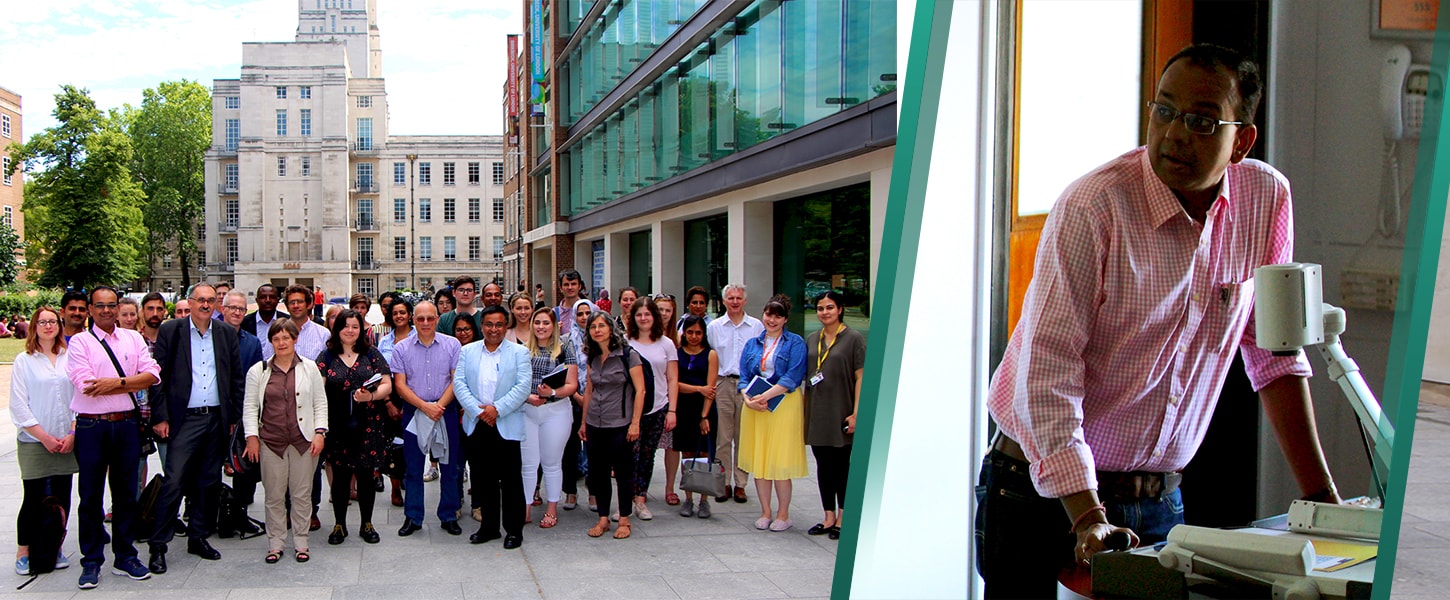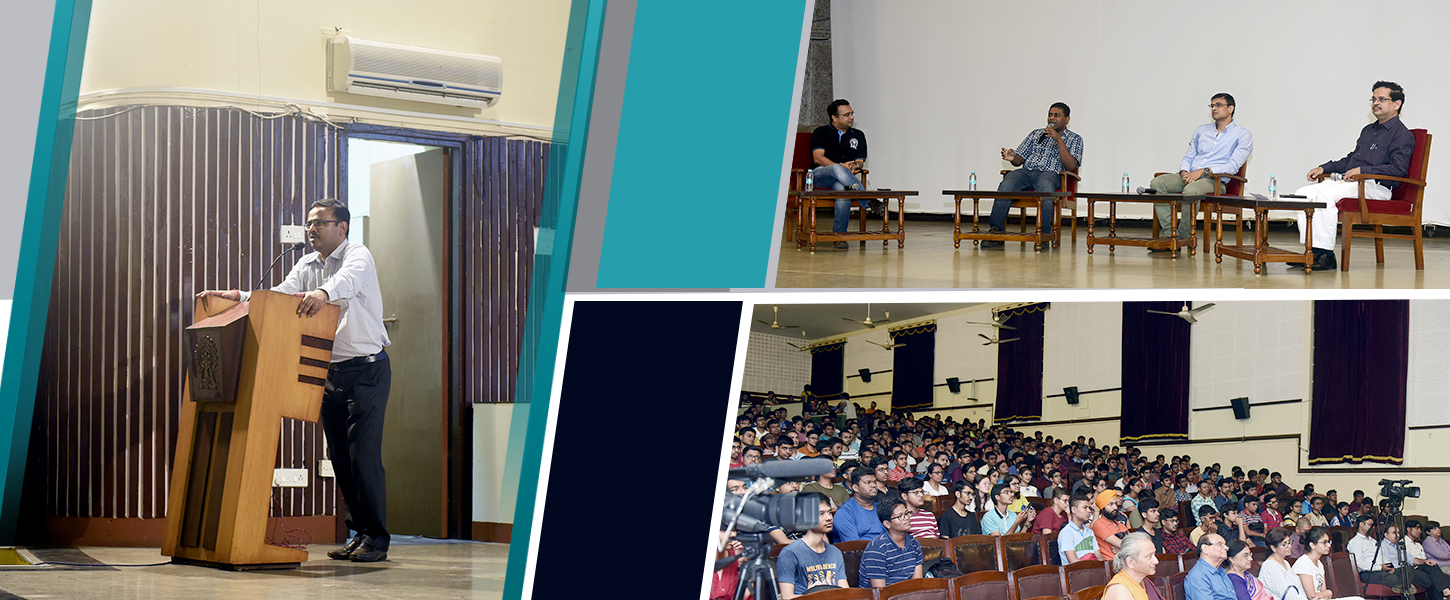
Take it easy
Business Line People are often pushed for clinical tests that are expensive, time-consuming, uncomfortable and in plain sight even unnecessary. When it comes to life-threatening diseases such as cancer, where no one wants to take chances, there could be a higher risk of being mired in expensive, worrisome tests. An ideal situation would be one where the advanced tests are recommended only for those who have a fair degree of certainty of carrying the disease. Even better if it can be assured that the preliminary screening for cancer is not only error free but also takes into account the patient’s…


